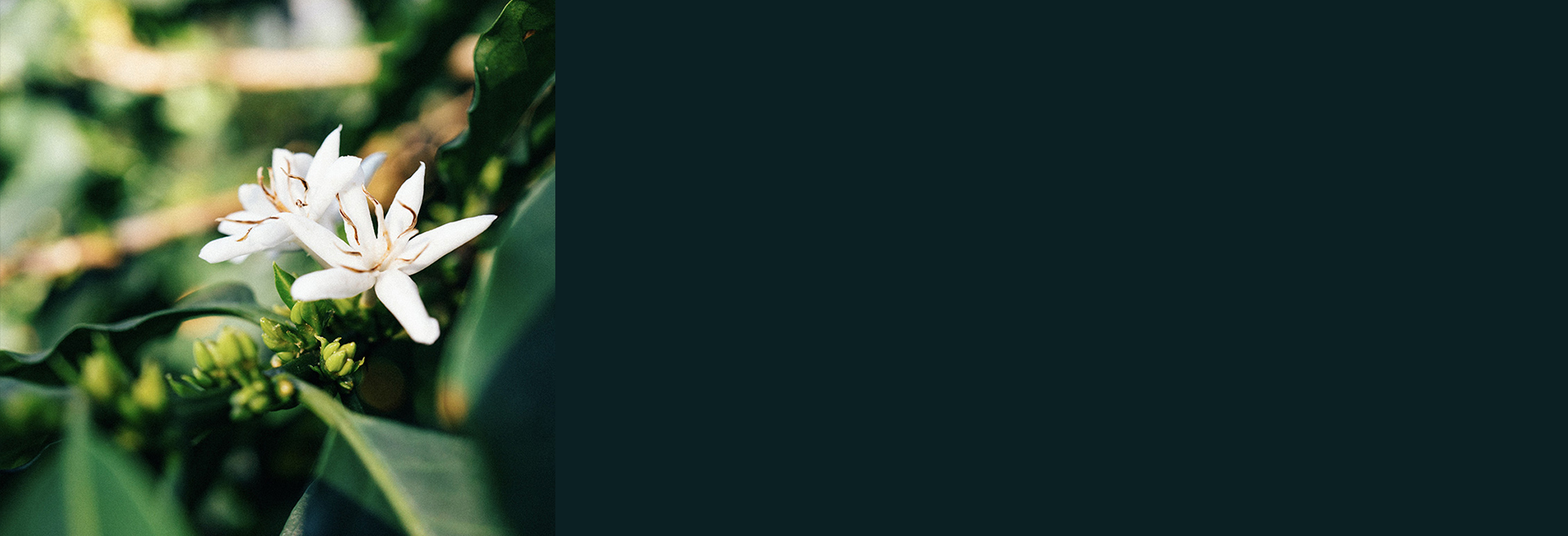Guatemala
Finca Pinos Altos
Terroir Best Lot
QUALITY SCORE: 88.25
Cup Notes
Blackberry / Pomegranate / Pear / Caramel
Suggested for espresso and filter
when we roast
We freshly roast to order all coffees on Monday, Wednesday and Friday (excluding national holidays), and ship the same day! Cut-off time is 11:59pm (UTC+1) of the day before the roast day. *We only ship whole beans*
Details
- Quality Score
- 88.25
- Series
- Terroir Best Lot
- Producer
- Pablo Arturo Chuy Flores
- Country
- Guatemala
- Terroir
- Ayarza lake
- Altitude
- 1800-2300 masl
- Process
- Classic Natural - Raised Beds
- Arabica cultivar
- Caturra
- Picked in
- February 2022
- Arrived in
- September 2022
- Shipped in
- Jute + GrainPro
- Roast profile by
- Rubens Gardelli
- Roasted on
- Customised solid-drum roaster
THE STORY BEHIND
Pablo Chuy Flores is the fourth-generation coffee farmer and the owner of Finca Pinos Altos, located in Ayarza, Santa Rosa, Guatemala, at the altitude of 1,800 - 2,300 masl. Finca Pinos Altos is Don Pablo's highest elevation farm, and it derives its name from the high altitudes, in which it lies - hence "altos". Finca Pinos Altos lies around an ancient volcano crater, that is now a lake called Laguna de Ayarza. The lake is famous for wonderfully clean water and unique flora and fauna in it.
It’s a tourist area, with an amazing view, well known for having lots of pine where people can climb from one tree to another through the canopy. The climate here is quite unique, which allows for cultivation of certain varieties.
Pablo Chuy's great-grandparents, grandparents and his dad have all been growing coffee. Now the farm is managed by the fourth generation, that continues the family enterprise in the coffee business. All family members are involved in the farm's operation, so that the fifth generation of coffee producers will be ready to take over the business.
There are about 45 full-time workers and 95-170 seasonal employees, hired during the harvest. Accommodation, amenities, general medical and transport benefits are provided for workers. The family has won the respect of the local community thanks to their efforts in reforestation, water conservation and community development projects, such as healthcare and school programs. They also assist nearby producers by buying and processing those producers' coffees on their wet mill.
THE VARIETY
Caturra coffee varietal was developed by the Alcides Carvalho Coffee Center of the IAC, Instituto Agronomico of the Sao Paulo State in Brazil.
In 1937, IAC received seed samples of genetic material originated on the border of the states of Minas Gerais and Espírito Santo. The samples came from Red Caturra and yellow Caturra cultivars. These two cultivars originated by natural mutation of Bourbon Red, originally a tall coffee shrub, found in the Serra do Caparaó , which is now a mountainous National Park north east of the city of Rio de Janeiro.
This is the first naturally occurred coffee mutation found, with small size and high yield capacity. Red and Yellow Caturra are characterised by the cherries sitting close to each other on the coffee shrub. These varietals have excellent cup quality, because they are very close genetically to the Bourbon varietal.
THE FERMENTATION PROCESS
Dry process seems simple: pick the fruit, lay it out in the sun until it turns from red to brown to near-black, and then hull off the thick, dried outer layer in one step to reveal the green bean. It is a method suited to arid regions, where the sun and heat can dry the seed inside the intact fruit skin.
It's often referred to as "natural coffee" because of its simplicity, and because the fruit remains intact and undisturbed, a bit like drying grapes into raisins. Since it requires minimal investment, the dry process method is a default to create cheap commodity-grade coffee in areas that have the right climate capable of drying the fruit and seed.
But it’s a fail in humid or wet regions. If the drying isn't progressing fast enough, the fruit degrades, rots or gets covered with mould.
Dry-processed coffees can also be wildly inconsistent. If you want a cleanly-fruited, sweet, intense cup, dry process (DP) takes more hand labor than wet process. Even the most careful pickers will take green unripe or semi-ripe coffee off the branch as they pick red, ripe cherry. If these are not removed in the first days of drying, the green turns to brown that is hard to distinguish from the ripe fruit.



